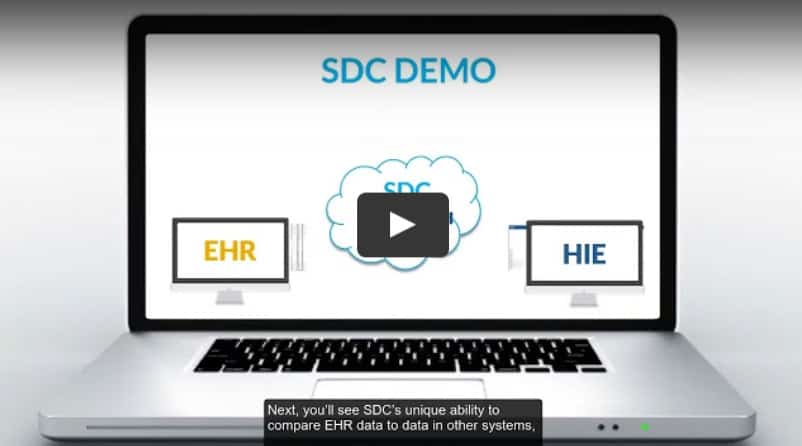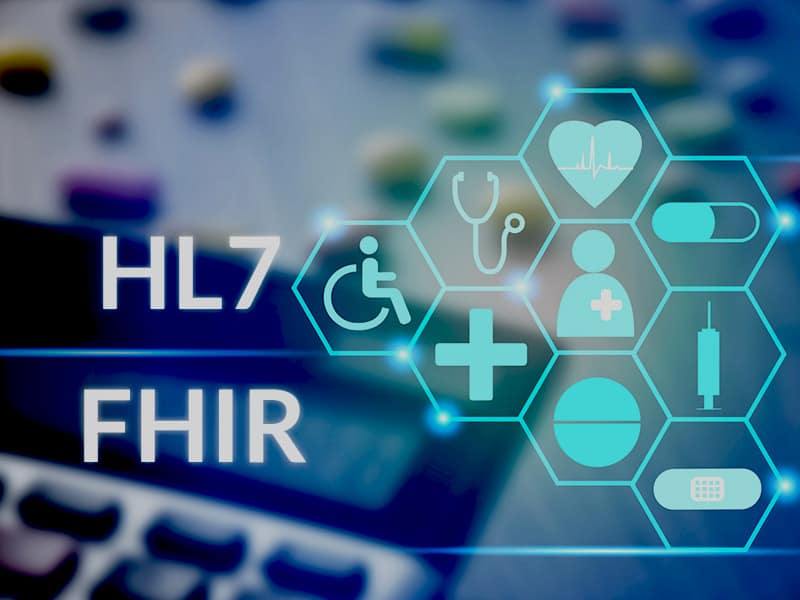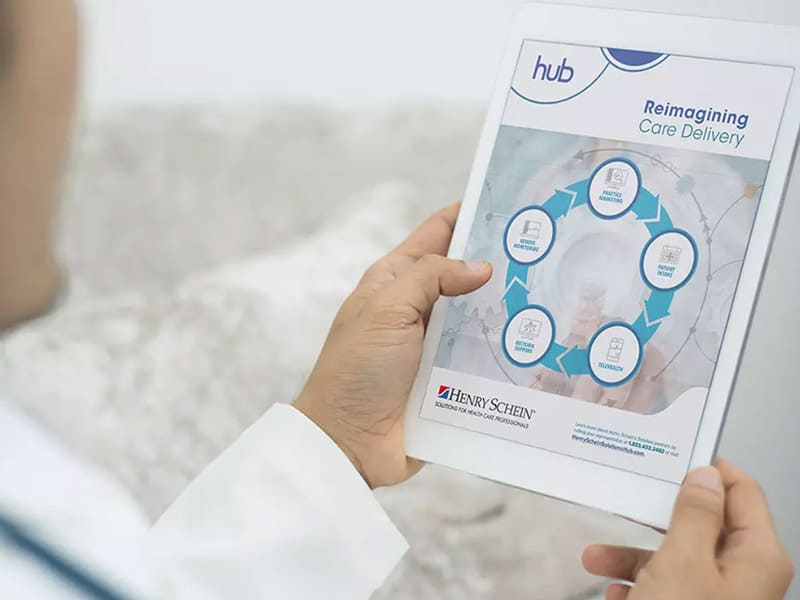EHR Interoperability: Exploring the Pros and Cons of Different Approaches
There is no “one-size-fits-all” approach to connecting our healthcare system.

In the ever-evolving healthcare landscape, the imperative for seamless data exchange has never been more crucial. But it’s not easy, and there’s no silver bullet to achieving EHR interoperability with other health IT systems.
As discussed in Navigating Healthcare Interoperability Standards, interoperability standards have played a pivotal role in enabling data exchange between healthcare organizations, but there are many challenges and limitations. In the dynamic landscape of healthcare interoperability, it takes various approaches to empower organizations to exchange and utilize critical patient data seamlessly. Let’s explore the pros and cons of three distinct EHR interoperability approaches: APIs (Application Programming Interfaces), Direct Database Integration, and Robotic Process Automation (RPA).
1. APIs
An API refers to a set of protocols, tools, and definitions that enable different software applications and systems to communicate, exchange data, and interact. APIs serve as the bridge that allows seamless integration between EHR systems and other healthcare applications, facilitating the sharing of patient data and information in real-time across the healthcare ecosystem.
APIs implement security features such as authentication and encryption to protect sensitive patient data and ensure compliance with healthcare regulations, including HIPAA. As healthcare organizations grow, APIs can accommodate increased data volume, user load, and new functionalities.
There are two types of APIs – those based on standards and those based on custom APIs.
APIs Based on Interoperability Standards
HL7 and FHIR APIs adhere to standardized protocols, fostering interoperability by providing a common language for healthcare data exchange.
PROs
As discussed above, the HL7 and FHIR interoperability standards ensure structured and standardized exchange of healthcare data across different systems.
CONs
Implementing HL7 and FHIR is complex. Additionally, standards are subject to interpretation by different health IT vendors. This variability can lead to challenges in achieving seamless interoperability.
Custom APIs
For data exchange requirements not included in HL7 and FHIR, developers can build custom APIs to meet different healthcare organizations’ specific needs and workflows.
PROs
Healthcare organizations can tailor custom APIs to align with their workflows and interoperability requirements. They can access data for extraction from the EHR that is not otherwise accessible via HL7 or FHIR APIs and can also insert structured data.
CONs
Developing and implementing custom APIs can be very complex and may require significant time and resources. Variations in interpretation and implementation can also hinder standardization and interoperability.
2. Direct-to-Database
This approach involves directly connecting to the database of an EHR to enable real-time data extraction.
PROs
Since all of the information stored in the EHR is in the database, there is no limit to the information that can be extracted with this type of integration. This is the most significant benefit of direct database integration.
CONs
However, to access the information, the developer must deeply understand the database schema. Additionally, most EHR vendors will not allow data to be inserted into the EHR via this type of integration due to the risk of corrupting the database. Finally, this type of integration is only possible with an on-premise EHR, as web-based EHR vendors do not allow third parties to access the database.
3. Robotic Process Automation (RPA)
RPA is an approach to integrating IT systems that has been used pervasively outside of healthcare for more than thirty years. It involves using a software robot to access data in a software application through the user interface, or “front-end”, rather than the “back-end” via an API or database.
While off the shelf RPA toolkits such as UIPath and Automation Anywhere have some back office use cases in healthcare, they are not designed to handle the complexities of EHRs and EHR interoperability. However, Smartlink Heath’s Integration Platform as a Service combines RPA capabilities with domain knowledge of EHR clinical workflows, interoperability expertise, a deep understanding of EHR unexpected behaviors, and a library of thousands of reusable integration components. As a result, Smartlink is able to build bidirectional, custom integrations through the UI that simply aren’t possible through other integration methods. Smartlink’s software robot can be programmed to extract or insert virtually any type of data into the EHR, in the same way that a human would – including unstructured data.
PROs
There are many benefits to this approach. Smartlink’s integration via the user interface does leverage interoperability standards, making it easy to exchange standardized data with other systems. But at the same time, it is not limited by interoperability standards. Like a custom API integration, SDC can access data unavailable via HL7 or FHIR. With this approach, it is also possible to insert virtually any type of data into the clinical workflow, such as adding unstructured data to a progress note or creating a task in the EHR. SDC can also automate manual, time-consuming workflows.
CONs
Interoperability via the user interface with a software robot does have its limitations. For example, real-time integration isn’t possible with RPA. Additionally, RPA does not work well for integrations that involve high volumes of patient records (tens of thousands of records per day).

There’s no interoperability “silver bullet” for EHRs.
In conclusion, there is no single EHR interoperability approach or interoperability standard that is the “silver bullet.” While interoperability standards have come a long way and are integral to improving the exchange of patient data between healthcare organizations, they will never be able to solve every data integration and manual workflow challenge in healthcare. It takes a variety of interoperability methods to achieve a connected and data-driven healthcare ecosystem.
If you’re looking for the right integration path for your organization, our team can help. Contact us at info@smartlinkhealth.com today!




